Answered step by step
Verified Expert Solution
Question
1 Approved Answer
I need help solving this problem PROBLEM M2 Objective che problem set is designed to enhance your understanding of job-order costing and accounting transactions associated
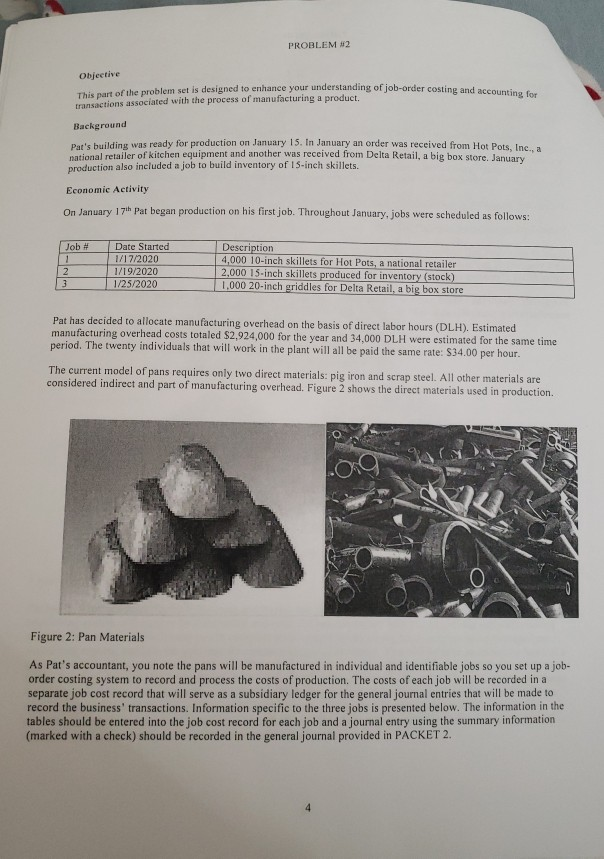
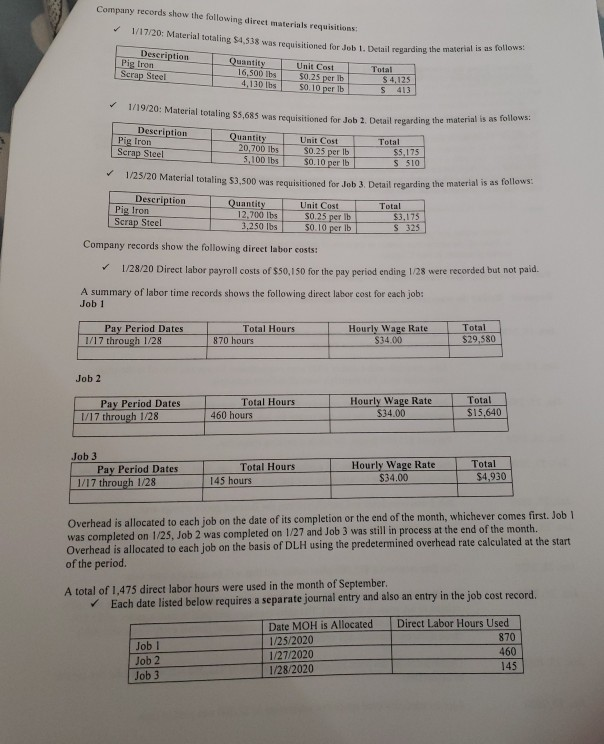
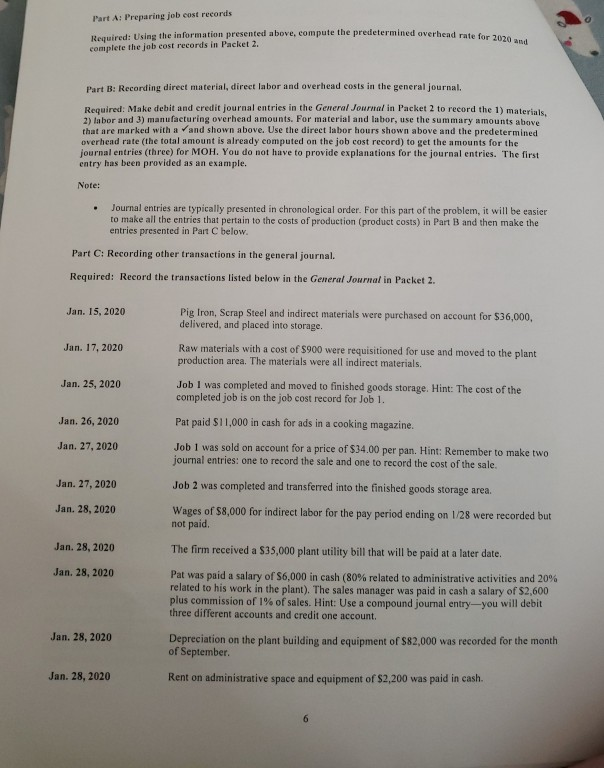
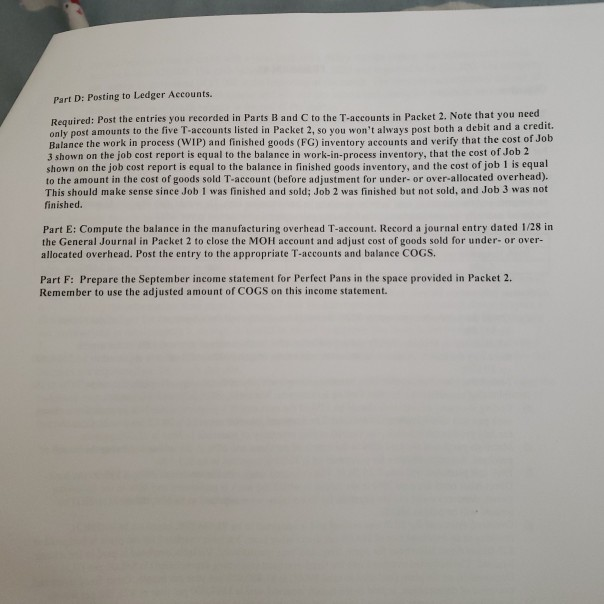
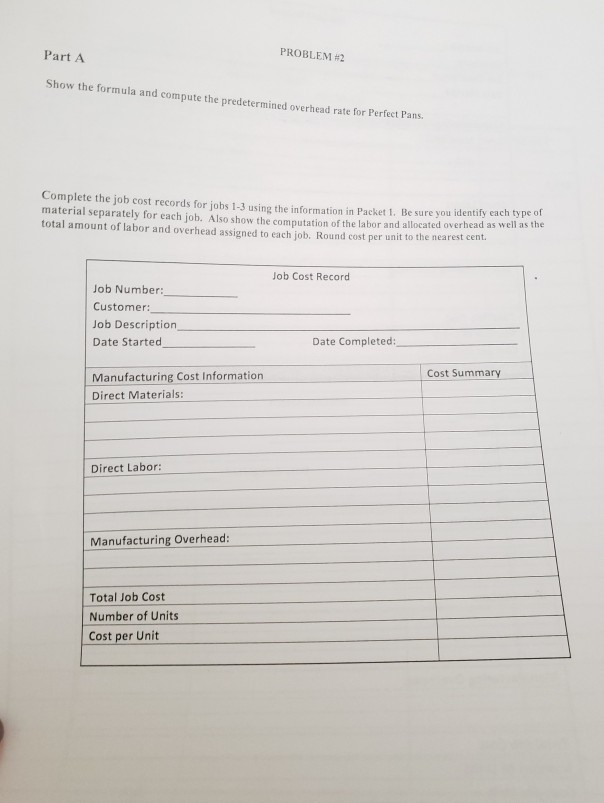
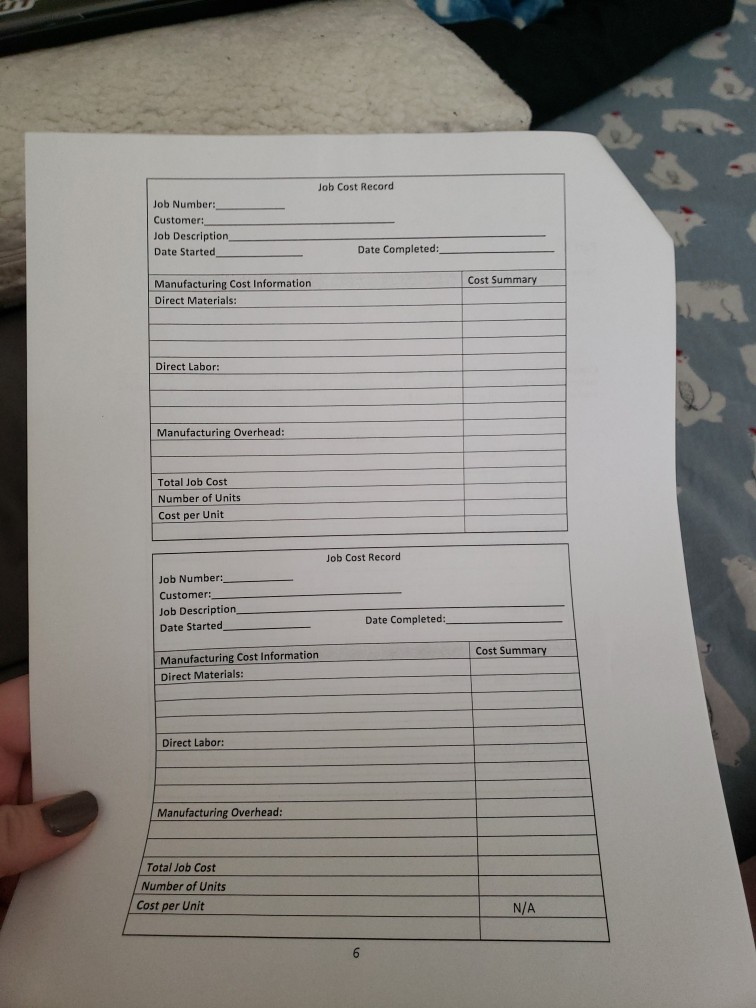
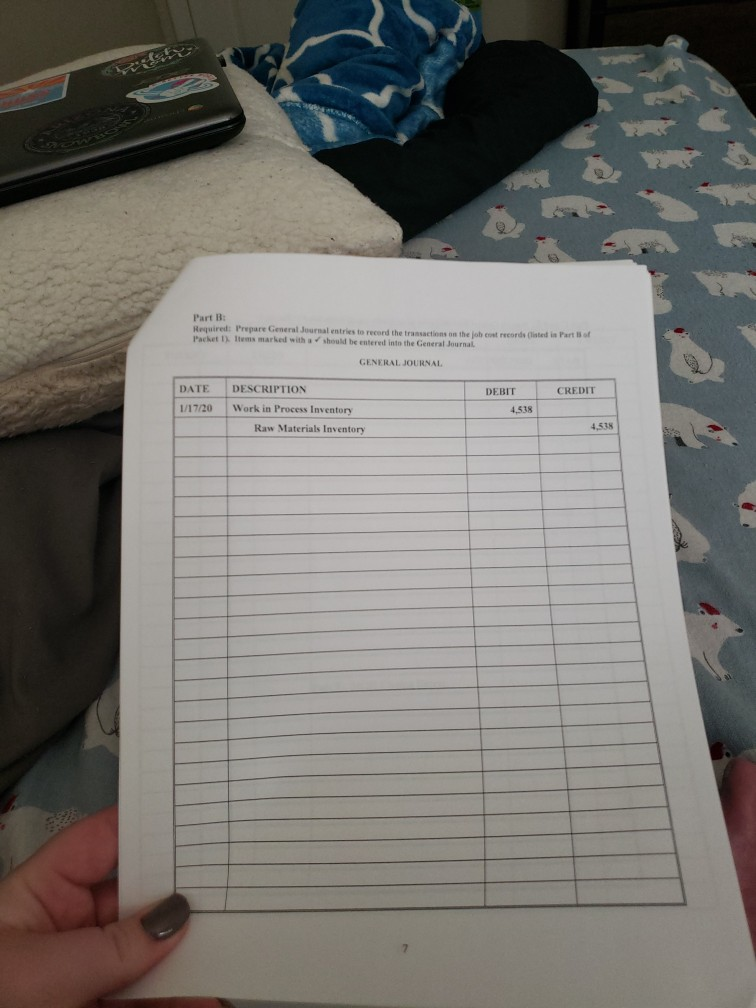
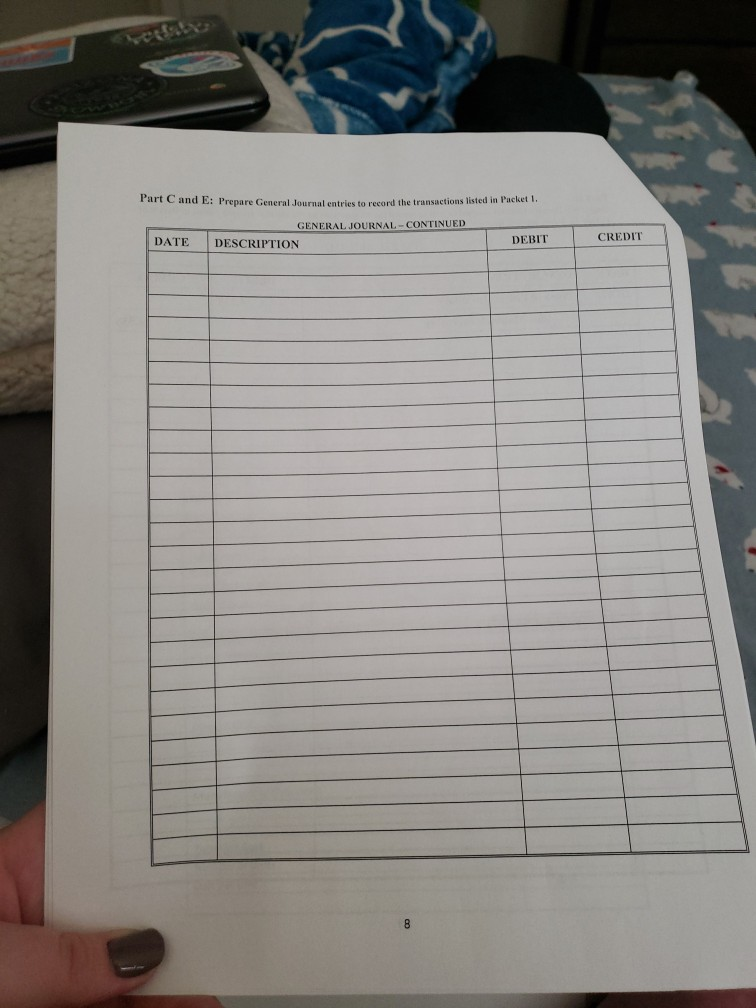
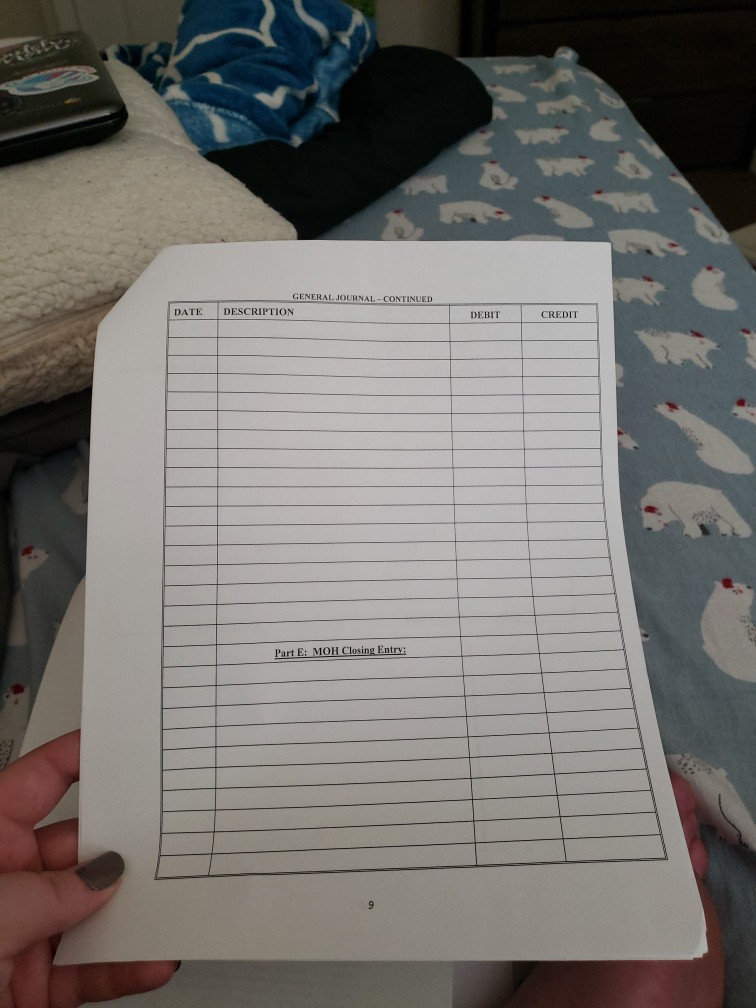
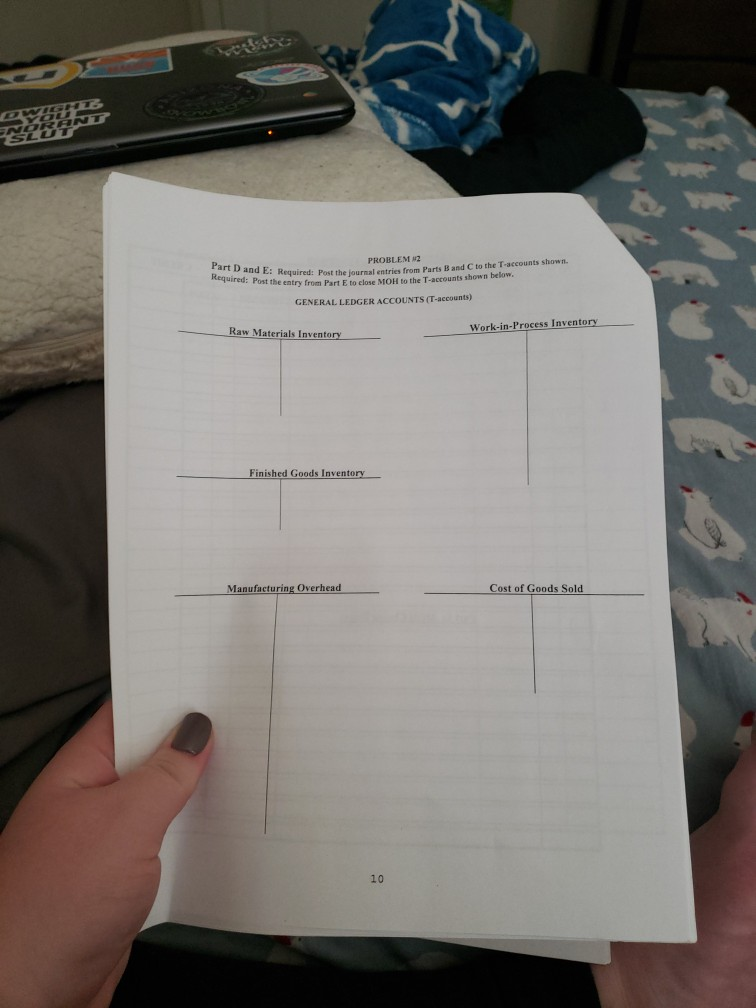
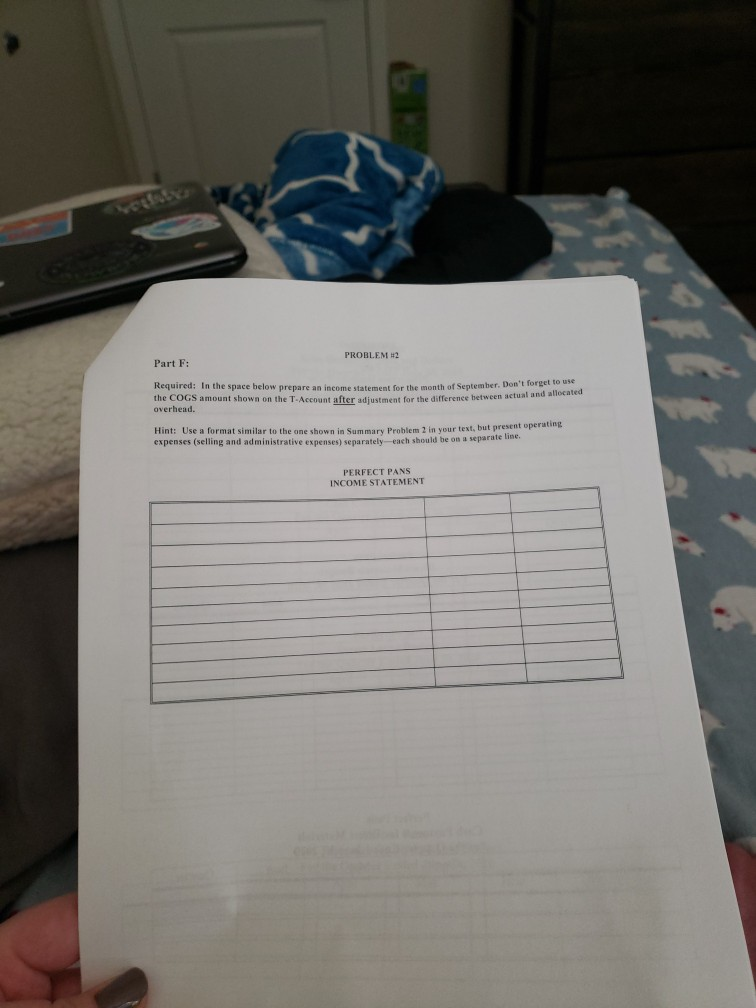
I need help solving this problem
PROBLEM M2 Objective che problem set is designed to enhance your understanding of job-order costing and accounting transactions associated with the process of manufacturing a product. Background De building was ready for production on January 15. In January an order was received from Hot Pots Ime sational retailer of kitchen equipment and another was received from Delta Retail, a bie box store. Ianuar production also included a job to build inventory of 15-inch skillets. Economic Activity On January 17h Pat began production on his first job. Throughout January, jobs were scheduled as follows: Job # 1 12 3 Date Started 1/17/2020 11/19/2020 1/25/2020 Description 4,000 10-inch skillets for Hot Pots, a national retailer 2.000 15-inch skillets produced for inventory (stock) 1.000 20-inch griddles for Delta Retail, a big box store Pat has decided to allocate manufacturing overhead on the basis of direct labor hours (DLH). Estimated manufacturing overhead costs totaled $2,924,000 for the year and 34.000 DLH were estimated for the same time period. The twenty individuals that will work in the plant will all be paid the same rate: $34.00 per hour. The current model of pans requires only two direct materials: pig iron and scrap steel. All other materials are considered indirect and part of manufacturing overhead. Figure 2 shows the direct materials used in production. Figure 2: Pan Materials As Pat's accountant, you note the pans will be manufactured in individual and identifiable jobs so you set up a job- order costing system to record and process the costs of production. The costs of each job will be recorded in a separate job cost record that will serve as a subsidiary ledger for the general journal entries that will be made to record the business' transactions. Information specific to the three jobs is presented below. The information in the tables should be entered into the job cost record for each job and a journal entry using the summary information (marked with a check) should be recorded in the general journal provided in PACKET 2. Company records show the following direct materials requisitions: 1/17/20: Material totaling $4.538 was requisitioned for Job 1. Detail regarding them for Job i. Detail regarding the material is as follows: Description Pis Iron Serap Steel Quantity 16.500 lbs 4.130 lbs Total Unit Cost $0.25 per lb 0.10 per lb S4,125 S413 1719720: Material totaling 55,685 was requisitioned for Job 2. Detail regarding the ed for Job 2. Detail regarding the material is as follows: Description Pie Iron Scrap Steel Total Quantity 20,700 lbs 5,100 lbs Unit Cost S0.25 per lb $0.10 per lb S5.175 $10 S 1/25/20 Material totalins $3.500 was requisitioned for Job 3 Detail regarding the material is as Description Pig Iron Scrap Steel Quantity 12.700 lbs 3.250 lbs Unit Cost $0.25 per b $0.10 pcr lb Total $3,175 S 325 Company records show the following direct labor costs: 1/28/20 Direct labor payroll costs of $50,150 for the pay period ending 1/28 were recorded but not paid. A summary of labor time records shows the following direct labor cost for each job: Job 1 Pay Period Dates | 1/17 through 1/28 Total Hours 870 hours Hourly Wage Rate $34.00) $29.580 Job 2 Total Hours Pay Period Dates 1/17 through 1/28 Hourly Wage Rate $34.00 Total $15,640 Job 3 Pay Period Dates 1/17 through 1/28 Total Hours 145 hours Hourly Wage Rate $34.00 Total $4,930 Overhead is allocated to each job on the date of its completion or the end of the month, whichever comes first. Job 1 was completed on 1/25, Job 2 was completed on 1/27 and Job 3 was still in process at the end of the month. Overhead is allocated to each job on the basis of DLH using the predetermined overhead rate calculated at the start of the period. A total of 1,475 direct labor hours were used in the month of September Each date listed below requires a separate journal entry and also an entry in the job cost record Job I Job 2 Job 3 Date MOH is Allocated 1/25/2020 1/27/2020 1/28/2020 Direct Labor Hours Used 870 460 145 Part A: Preparing job cost records minsd overhead rate for 2020 and to line the information presented above, compute the predetermined overhead complete the job cost records in Packet 2. Part B: Recording direct material, direct labor and overhead costs in the general Journal B ure Make debit and credit journal entries in the General Journalin Packet 2 to record the 1) materials 2) labor and 3) manufacturing overhead amounts. For material and labor, use the summary amounts above that are marked with and shown above. Use the direct labor hours shown above and the predetermined overhead rate (the total amount is already computed on the job cost record) to get the amounts for the journal entries (three) for MOH. You do not have to provide explanations for the journal entries. The first entry has been provided as an example. Note: Journal entries are typically presented in chronological order. For this part of the problem, it will be easier to make all the entries that pertain to the costs of production (product costs) in Part B and then make the entries presented in Part C below. Part C: Recording other transactions in the general journal. Required: Record the transactions listed below in the General Journal in Packet 2. Jan. 15, 2020 Pig Iron, Scrap Steel and indirect materials were purchased on account for $36,000 delivered, and placed into storage Jan. 17, 2020 Raw materials with a cost of $900 were requisitioned for use and moved to the plant production area. The materials were all indirect materials. Jan. 25, 2020 Job I was completed and moved to finished goods storage. Hint: The cost of the completed job is on the job cost record for Job 1. Jan. 26, 2020 Pat paid $11,000 in cash for ads in a cooking magazine. Jan. 27, 2020 Job I was sold on account for a price of $34.00 per pan. Hint: Remember to make two journal entries: one to record the sale and one to record the cost of the sale. Jan. 27, 2020 Job 2 was completed and transferred into the finished goods storage area. Jan. 28, 2020 Wages of $8,000 for indirect labor for the pay period ending on 1/28 were recorded but not paid. The firm received a $35,000 plant utility bill that will be paid at a later date. Jan. 28, 2020 Jan. 28, 2020 Pat was paid a salary of S6,000 in cash (80% related to administrative activities and 20% related to his work in the plant). The sales manager was paid in cash a salary of $2,600 plus commission of 1% of sales. Hint: Use a compound journal entry you will debit three different accounts and credit one account. Jan. 28, 2020 Depreciation on the plant building and equipment of $82,000 was recorded for the month of September Jan. 28, 2020 Rent on administrative space and equipment of $2,200 was paid in cash. Part D: Posting to Ledger Accounts. Required: Post the entries you recorded in Parts B and C to the T-accounts in Packet 2. Note that you need only post amounts to the five T-accounts listed in Packet 2. so you won't always post both a debit and a credit Balance the work in process (WIP) and finished goods (FG) inventory accounts and verify that the cost of Job 3 shown on the job cost report is equal to the balance in work-in-process inventory, that the cost of Job 2 shown on the job cost report is equal to the balance in finished goods inventory, and the cost of job 1 is equal to the amount in the cost of goods sold T-account (before adjustment for under or over allocated overhead). This should make sense since Job I was finished and sold: Job 2 was finished but not sold, and Job 3 was not finished. Part E: Compute the balance in the manufacturing overhead T-account. Record a journal entry dated 1/28 in the General Journal in Packet 2 to close the MOH account and adjust cost of goods sold for under or over allocated overhead. Post the entry to the appropriate T-accounts and balance COGS Part F: Prepare the September income statement for Perfect Pans in the space provided in Packet 2 Remember to use the adjusted amount of COGS on this income statement. Part A PROBLEM #2 Show the formula and compute the predetermined overhead rate for Perfect Pans. Complete the job cost records for jobs 1-3 using the information in Packet 1. Be sure you identify each type material separately for each job. Also show the computation of the labor and allocated overhead as well as the total amount of labor and overhead assigned to each job. Round cost per unit to the nearest cent. Job Cost Record Job Number: Customer: Job Description Date Started Date Completed: Cost Summary Manufacturing Cost Information Direct Materials: Direct Labor: Manufacturing Overhead: Total Job Cost Number of Units Cost per Unit Job Cost Record Job Number: Customer: Job Description Date Started Date Completed: Cost Summary Manufacturing Cost Information Direct Materials: Direct Labor: Manufacturing Overhead: Total Job Cost Number of Units Cost per Unit Job Cost Record Job Number: Customer Job Description Date Started Date Completed: Cost Summary Manufacturing Cost Information Direct Materials: Direct Labor: Manufacturing Overhead: Total Job Cost Number of Units Cost per Unit N/A Part B: Required: Prepare General Journal entries to record the transactions on the best records listed in Part of Pachet Il marked with should be entered into the General Journal GENERAL JOURNAL DEBIT CREDIT DATE 1/17/20 DESCRIPTION Work in Process Inventory Raw Materials Inventory 4.518 4.535 F C and E: Prepare General Journal entstand the transactions listed in Packet. DATE GENERAL JOURNAL-CONTINUED DESCRIPTION DEBIT CREDIT GENERAL JOURNAL - CONTINUED DESCRIPTION DATE DEBIT CREDIT Part E: MOH Closing Entry: Part D and E: Required:P Required: Post the entry from Par PROBLEM Z Required: Post the journal entries from Parts B and C to the T-accounts shown Post the entry from Part E to close MOH to the T-accounts shown below GENERAL LEDGER ACCOUNTS (T-accounts) Raw Materials Inventory Work-in-Process Inventory Finished Goods Inventory Manufacturing Overhead Cost of Goods Sold Part F: PROBLEM Required: In the space below prepare asi stat h ath of September. Don't forget to the COGS amount shown on the T-Account after distant for the difference between actual and allocate overhead. Hint: Use a format similar to the one shesin expenses (selling and administrative expenses separately Prob ertest, but present operating each should be on a separateline. PERFECT PANS INCOME STATEMENTStep by Step Solution
There are 3 Steps involved in it
Step: 1

Get Instant Access to Expert-Tailored Solutions
See step-by-step solutions with expert insights and AI powered tools for academic success
Step: 2

Step: 3

Ace Your Homework with AI
Get the answers you need in no time with our AI-driven, step-by-step assistance
Get Started


![For Heintz/parrys College Accounting, Chapters 1-15, 22nd Edition, [instant Access]](https://dsd5zvtm8ll6.cloudfront.net/si.question.images/book_images/2022/04/6257c8d15b633_2096257c8d10b1d2.jpg)